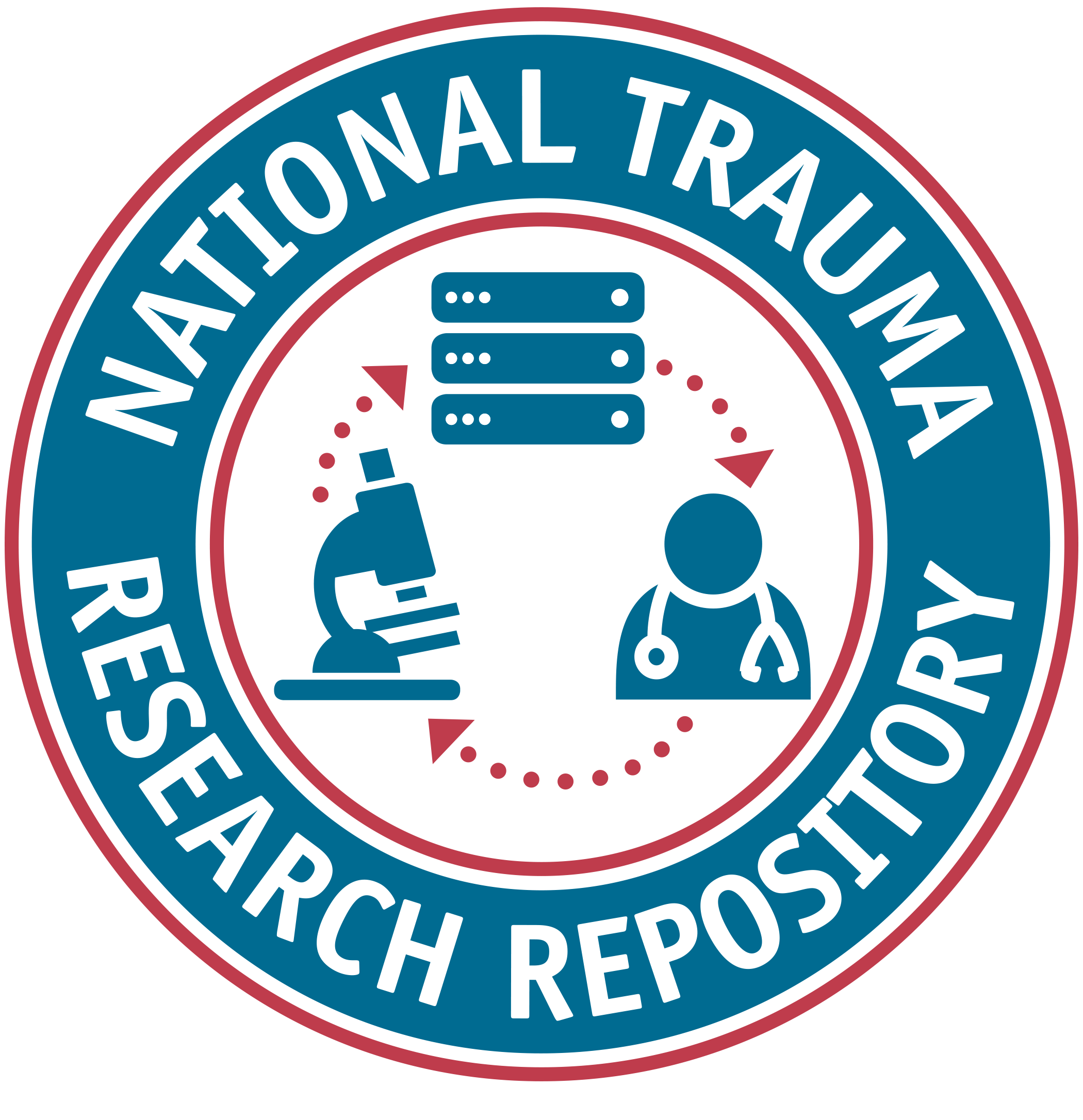Listed below are the details for the data element.
FITBIR
1.0
Element Type
Common Data Element
Revised Children's Anxiety and Depression Scale (RCADS) - Dizzy faint no immediate cause scale
RCADSDizzyFaintNoRsnScale
Short Description
Become dizzy or faint when there is no reason scale, as part of the Revised Children's Anxiety and Depression Scale (RCADS).
Definition
Become dizzy or faint when there is no reason scale, as part of the Revised Children's Anxiety and Depression Scale (RCADS).
Notes
Q36
Creation Date
2015-06-22
Historical Notes
References
Copyright 1998 by BF Chorpita Ph.D. The development of anxiety: the role of control in the early environment. BF Chorpita, DH Barlow,Psychological bulletin 124 (1), 3, 2020
Data Type
Numeric Values
Input Restrictions
Single Pre-Defined Value Selected
Population
Pediatric
Guidelines/Instructions
Please put a circle around the number that shows how often each of these things happened to you within the past week. There is no right or wrong answers. Please answer all the items the best that you can. Do not skip any items.
Preferred Question Text
Parent: My child suddenly becomes dizzy or faint when there is no reason for this; Child: I suddenly become dizzy or faint when there is no reason for this
Category Groups and Classifications
| Disease | Domain | Sub-Domain |
|---|---|---|
| Traumatic Brain Injury | Assessments and Examinations | Physical/Neurological Examination |
| General (For all diseases) | Assessments and Examinations | Physical/Neurological Examination |
Classification
Traumatic Brain Injury:
Supplemental
Concussion/Mild TBI
Epidemiology
Acute Hospitalized
Moderate/Severe TBI: Rehabilitation
General (For all diseases):
Supplemental
Keywords
RCADS
Labels





